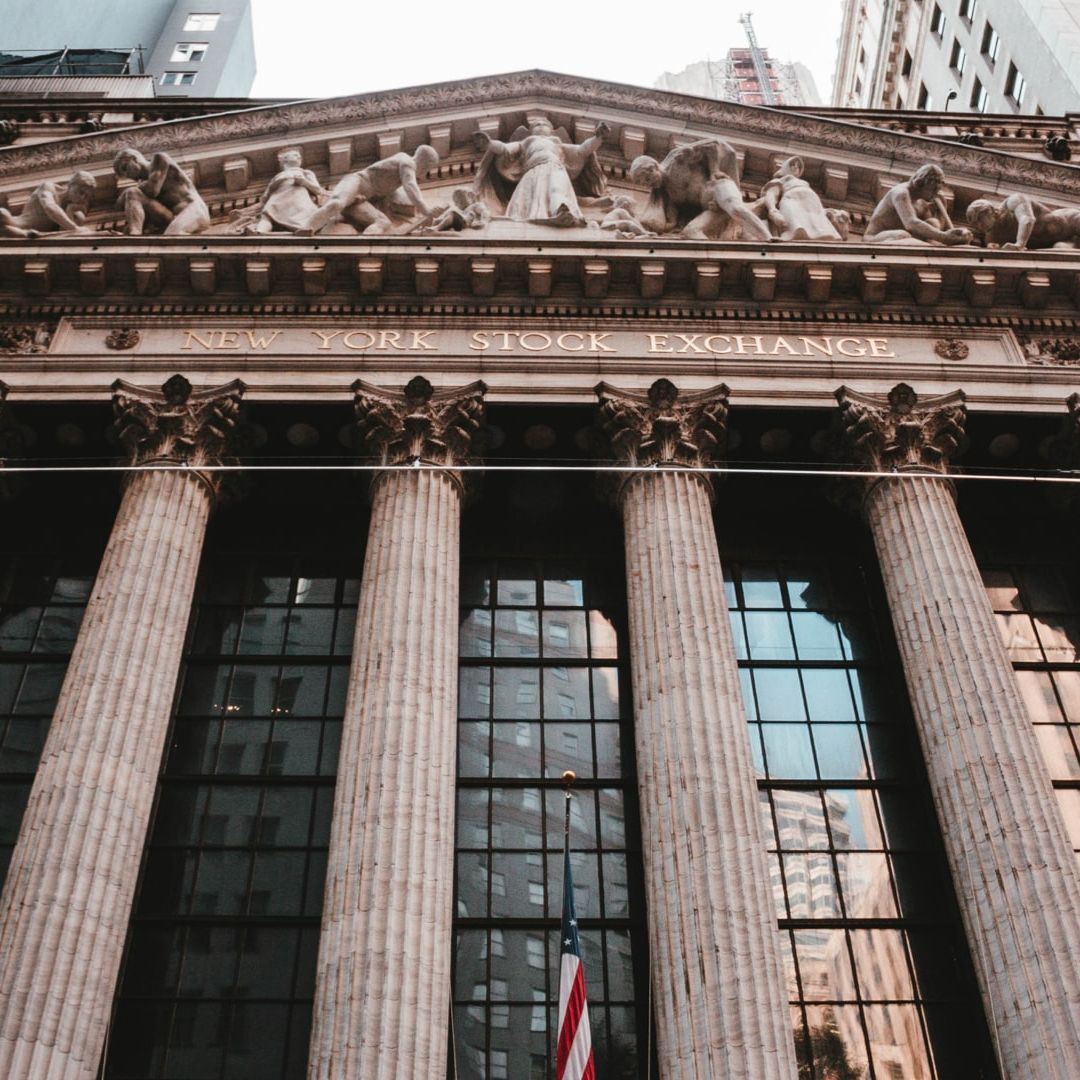Bonds may have a reputation for being boring, but the current 5% yield on the benchmark 10-year U.S. Treasury note is far from dull. This psychologically significant level is on the verge of being reached for the first time since 2007.
Potential Recession Scare Needed for a Drop in Bond Yields
For bond yields to decline, it might require the alarm of an impending recession. On Thursday, the 10-year yield experienced a 0.1 percentage point increase, reaching 4.97%. Since July alone, it has risen by a notable 1.2 percentage points. Investors have been progressively factoring in the likelihood of the Federal Reserve raising interest rates higher than initially anticipated and maintaining them for longer periods. Positive data reflecting market strength, retail sales, and overall economic performance has fueled expectations of inflation and led investors to anticipate tighter monetary policies extending into 2024.
A Comparison to the Yield at Its Lowest Point
Let us not forget how far the 10-year yield has come from its lowest point in 2020 when it was approximately 0.5%. During that time of pandemic-induced fear, investors sought refuge in risk-free Treasuries, leading the Federal Reserve to establish the federal-funds rate just above zero.
High Yields Present Opportunities Amidst Portfolio Challenges
Currently, the higher yields are enticing for investors seeking more risk-free income options. However, they have proved to be challenging for existing bond holders. As bond yields rise, bond prices fall. This situation has caused a bit of pain for those with bonds in their portfolios.
The Focus on the 10-Year Treasury Yield
While there has been a recent increase in yields across various points of the Treasury curve, it is the 10-year Treasury note that garners the most attention. On Thursday, the 2-year Treasury note yield stood at 5.23%.
Impact on Other Investments
Benchmark Treasuries influence yields on corporate bonds, mortgage-backed securities, and other forms of debt. On Wednesday, the iShares Core U.S. Aggregate Bond exchange-traded fund (ticker: AGG) closed at $92.02, experiencing a 0.5% decrease. This ETF is poised to record its third consecutive annual price decline in 2023.
The Stock Market's Clash with Rising Bond Yields
Higher bond yields typically pose challenges for the stock market, as has been evident since late summer. Since the beginning of August, the S&P 500 has experienced a 6% decline, coinciding with the rise in yields.
The Impact of Higher Bond Yields on Investment Choices
Higher bond yields have created a more competitive landscape for investors, as they seek alternative options within their portfolios. This shift in the market particularly impacts high-multiple shares of growth companies, which rely on future profit generation.
Many of these same stocks had been leading the stock market's upward trajectory in 2023. However, since mid-July, the Technology Select Sector SPDR ETF (XLK) has experienced a 6.9% decline due to the acceleration of bond yields.
Investors who primarily sought dividend income from bond proxy stocks have also felt the effects of rising bond yields. The Utilities Select Sector SPDR ETF (XLU) has dropped by 14% since mid-July, while the Consumer Staples Select Sector SPDR ETF (XLP) has lost 10%. This trend reflects how a risk-free Treasury yield of 5% can be an appealing option for income investors.
Furthermore, gold has faced pressure from higher bond yields, resulting in its value dropping to a seven-month low of around $1,830 in early October. Gold's lack of interest payments makes it less attractive in comparison when bond payouts become more generous. Additionally, the increase in bond yields has led to a stronger U.S. dollar, with the U.S. Dollar Index (DXY) gaining 7% since mid-July. As the value of the greenback rises, an ounce of gold becomes worth fewer dollars.
However, it's important to note that gold, like Treasuries, can also be seen as a haven asset. The recent outbreak of violence in Israel and Gaza has caused gold to rebound to approximately $1,963 per ounce.
Within the United States, the strength of the economy continues to push Treasury yields even higher. If investor concerns shift toward a possible recession, this trend could reverse. In such a scenario, investors would factor in slower inflation and a lower fed-funds rate. Additionally, geopolitical tensions could prompt investors to seek the safety provided by Treasuries.
Nevertheless, with the 10-year yield approaching 5%, these factors are not currently dominating investors' minds.

Leave A Reply
Your email address will not be published. Required fields are marked *